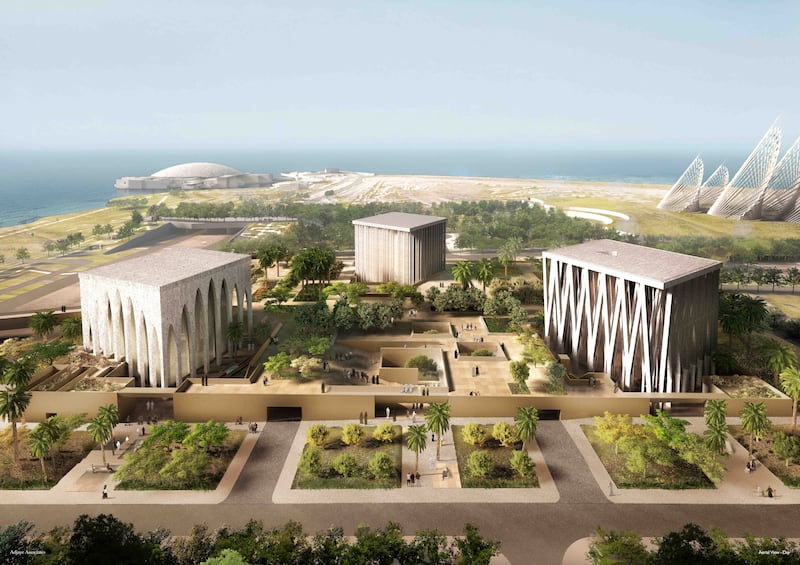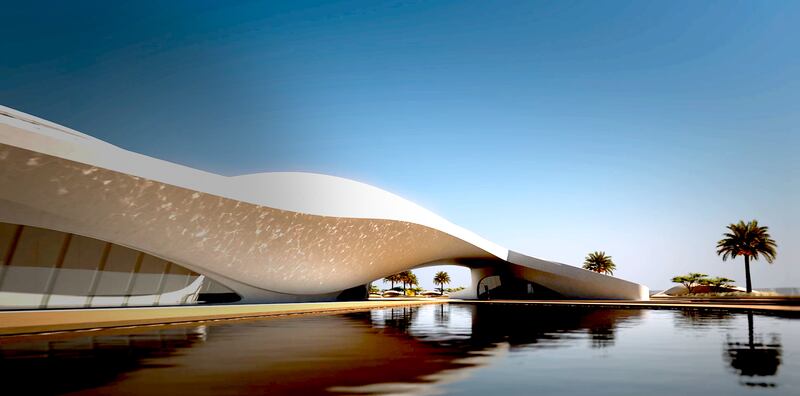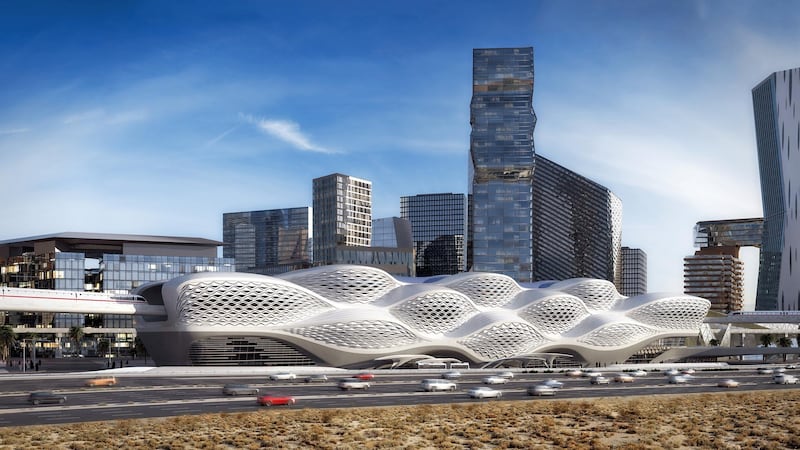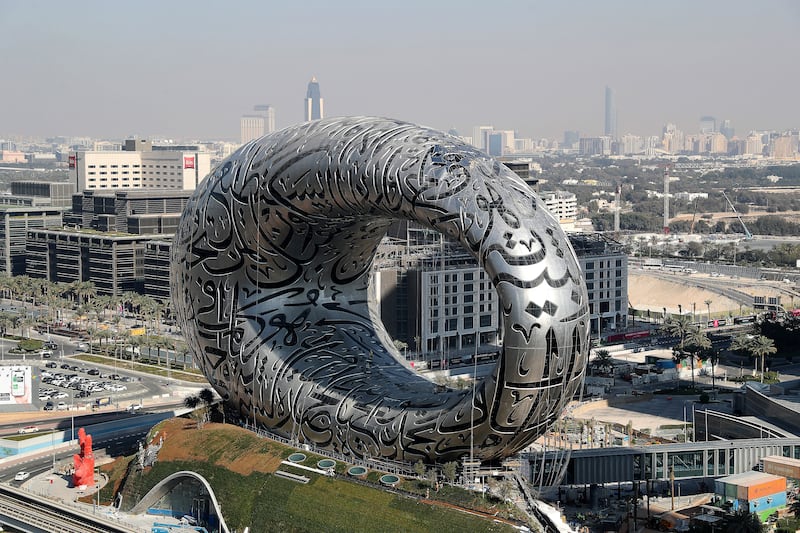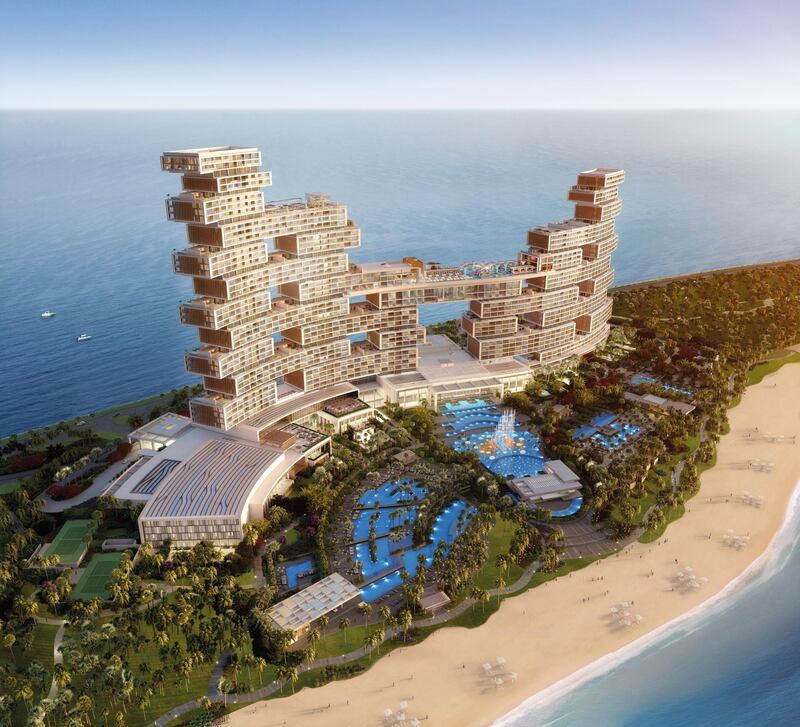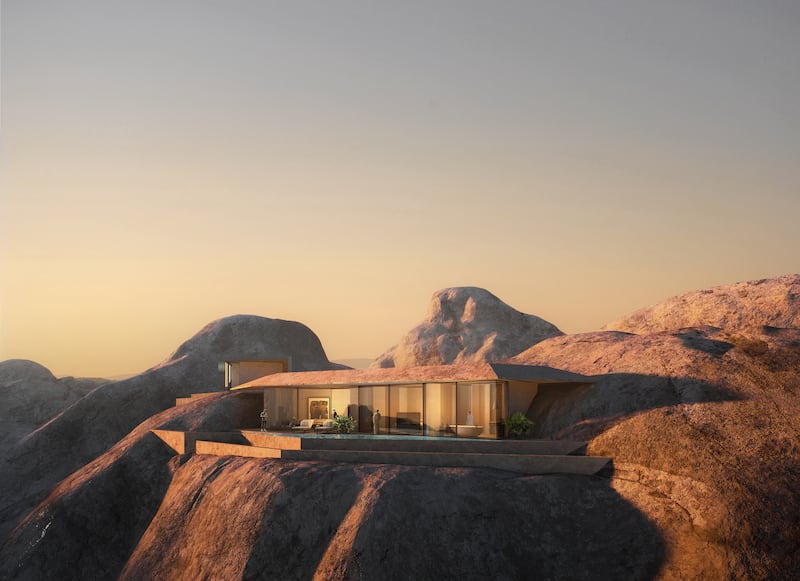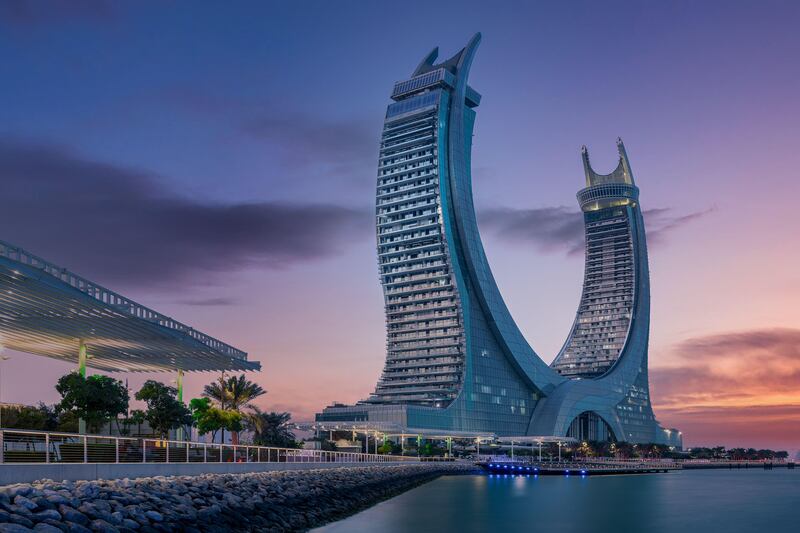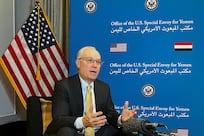The year ahead will mark the completion of several architecturally notable projects around the Gulf.
From two buildings designed by the firm of the late British-Iraqi architect Zaha Hadid to Dubai’s Museum of the Future, here are seven long-anticipated projects that are slated to wrap up in 2022.
Abrahamic Family House
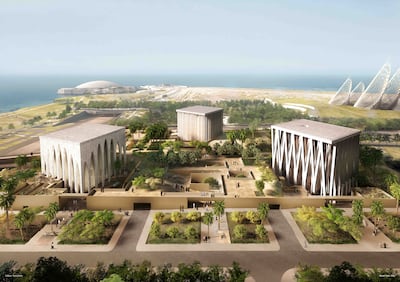
The Abrahamic Family House is one of the landmark projects set to be completed sometime this year. The project was unveiled in 2019 after the signing of the Document on Human Fraternity by Pope Francis and Grand Imam of Al-Azhar Ahmed Al-Tayeb.
Located on Saadiyat Island in Abu Dhabi, the Abrahamic Family House will comprise a mosque, church and synagogue, as well as an education centre. The landmark is being promoted as a platform for worship, learning and dialogue. It features three cubic structures on a podium and while each expresses its own visual language, the structures are unified by their size and outer materiality.
Ghanaian-British architect Sir Adjaye Obe and his firm Adjaye Associates are behind the project’s design.
King Abdullah Financial District Metro Station
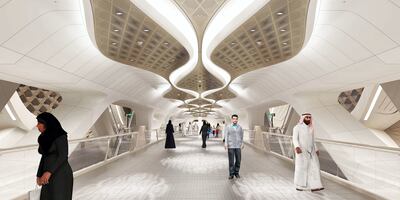
The King Abdullah Financial District Metro Station is one of the two buildings in the Gulf designed by London's Zaha Hadid Architects that will be completed this year. The station will be a major junction on the new Riyadh Metro, providing an exchange to three of the network’s six rail lines.
The Saudi station’s architecture is meant to allude to the patterns on sand dunes generated by the wind, and is designed to reduce solar gain.
Museum of the Future
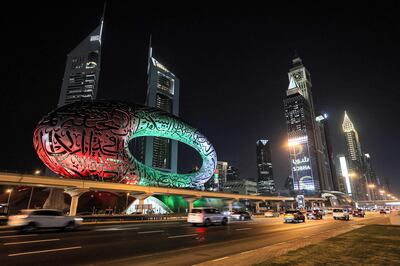
The Museum of the Future is already a looming landmark in Dubai's Financial District. It was due to open in 2021 during Expo 2020 Dubai and while the launch has been delayed, the building is almost finished and exhibitions being set up, so it's likely we'll see an opening date announced for this year.
The structure was named one of the 14 most beautiful museums in the world in a 2021 list compiled by National Geographic magazine, and that is even before construction was completed.
The building was designed by architect Shaun Killa, and his eponymous architecture studio Killa Design. It features an exterior made up of 1,024 pieces that were manufactured by automated robotic arms and installed over the course of 18 months.
The Dh500million museum's outer shell is covered in Arabic calligraphy, which will be illuminated by solar-powered LED bulbs at night.
The calligraphy on the facade, designed by Emirati artist Mattar Bin Lahej, features quotes from Sheikh Mohammed bin Rashid, Vice President and Ruler of Dubai, including: "We may not live for hundreds of years, but the products of our creativity can leave a legacy long after we are gone."
Inside, the museum is comprised of seven floors, each a dedicated exhibition space. Immersive exhibitions will take visitors to the frontiers of outer-space resource development, ecosystems and bioengineering. There will also be floors dedicated to health and well-being, and near-future technologies that address social and environmental challenges
Bee’ah Headquarters
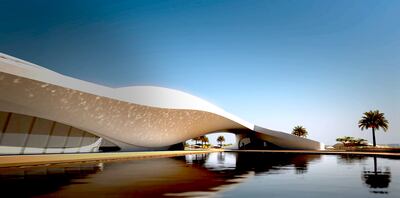
In 2013, UAE’s leading integrated environmental, recycling and waste management company Bee’ah commissioned Zaha Hadid Architects to build its new headquarters in Sharjah.
The structure embodies many of the environmentally-conscientious principles that Bee’ah was founded on. It is completely powered by renewable energy, and aims to make use of natural resources as much as possible. The headquarters is also the first fully AI-integrated building in the region, utilising cloud and artificial intelligence technology.
The 7,000-square-metre structure is located right beside the Bee’ah's Waste Management Centre. The new headquarters will enhance the centre’s operational effectiveness and will also feature educational facilities and exhibition spaces for community engagement and outreach initiatives.
Atlantis The Royal

After a string of delays to its launch, Atlantis The Royal is now expected to open in Dubai in the first quarter of this year.
The $1.4 billion project is located right next to its sister hotel Atlantis, The Palm. The twin-tower hotel is 43 storeys tall and has 90 swimming pools.
The hotel is set to be the address for a wealth of celebrity chef-backed restaurants, including Ling Ling by Hakkasan and Dinner by Heston Blumenthal. The elevated Sky Pool on level 22 is a 90-metre-high infinity pool, complete with a DJ booth, private cabanas and water fountains.
The architecture of the Atlantis The Royal is markedly different than the nautical palace design of its older sibling. According to parent organisation Kerzner International, the architecture was “conceptualised as the 'deconstruction' of the traditional sculptural towers associated with Dubai, taking the form of a stack of individual blocks".
Desert Rock Resort
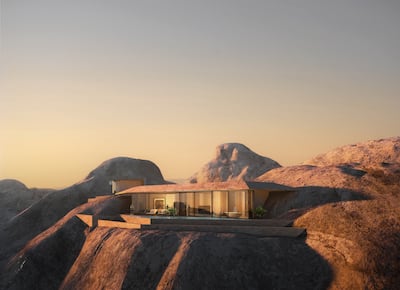
Embedded in the granite mountains of Riyadh, Desert Rock Resort is expected to welcome its first visitors by the end of the year.
Designed by Oppenheim Architecture, the eco-friendly getaway will be comprised of 48 villas and 12 hotel rooms, as well as a spa, gym and dining areas with breathtaking views. The resort’s location also ensures top-tier hiking trails and views of a starry sky unadulterated by light pollution.
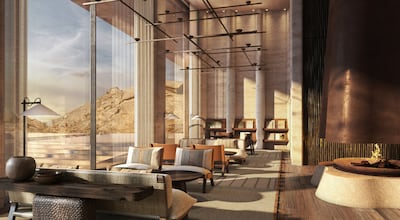
The project was started by The Red Sea Development Company (TRSDC) and is one facet of a larger development that will comprise about 50 resorts across 22 islands.
“We wanted to create a destination that allows guests to experience Saudi Arabia’s untouched beauty. Desert Rock will provide guests with uninterrupted spectacular views while preserving the natural landscape for future generations to enjoy,” said John Pagano, chief executive at TRSDC.
“We have drawn inspiration from the surrounding environment, while providing unparalleled luxury, allowing guests to connect with nature and create memorable experiences.”
Katara Towers
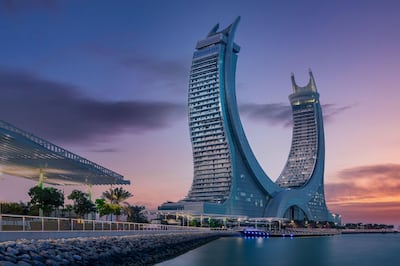
An architectural realisation of Qatar’s coat of arms, the curved design of Katara Towers is meant to reflect the scimitars on the national seal.
The towers are located in the Lusail Marina district and are expected to be completed by the time the World Cup in Qatar begins in November. They will house more than 700 luxury hotel and apartment rooms, as well as offices, recreational facilities and restaurants.
The site will also feature a man-made floating island, which will host leisure and water sports facilities, a water park and restaurants.
Qatar has a number of other architecturally-interesting projects it has wrapped up for the World Cup this year, including eight tournament-ready venues, most notably the Lusail Stadium and Al Bayt Stadium, which can accommodate an audience of 80,000 and 60,000, respectively.
